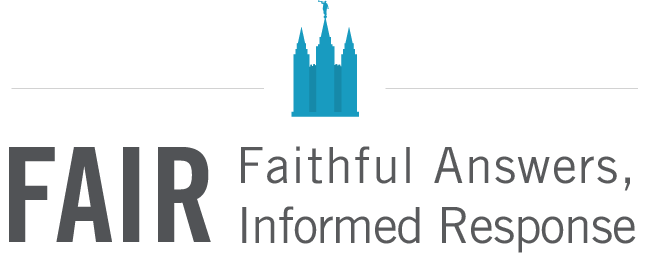Podcast: Download (46.2MB)
Subscribe: RSS
 This is the third and final podcast in this series on physiological issues from a practical standpoint. We all have our own interpretations of how the world works and in this episode we evaluate how our personal understanding of life can become clouded by debilitating addictions and what we can do to about them.
This is the third and final podcast in this series on physiological issues from a practical standpoint. We all have our own interpretations of how the world works and in this episode we evaluate how our personal understanding of life can become clouded by debilitating addictions and what we can do to about them.
Obsessives compulsive disorder is another difficulty that some of us may encounter within ourselves, friends and loved ones. The ability to stay focused is a valuable trait in many aspects of our lives but we can fall into the valley of despair if we become obsessed or out of balance in our perspectives. Our good brother Ned offers several observations in the first part of this podcast that can help someone who may be struggling with this issue to seek that proper balance in life and the gospel of Jesus Christ.
In the second section of this episode brother Scarisbrick interviews Mark from the LDS addiction recovery program of the Church of Jesus Christ of Latter-day Saints. His personal testimony concerning the nature of addiction is a moving story about the Savior’s love for each one of us. You can view Marks video on the Church’s official web site here.
As always the views and opinions expressed in this podcast may not represent those of the Church of Jesus Christ of Latter-day Saints or that of FairMormon.

